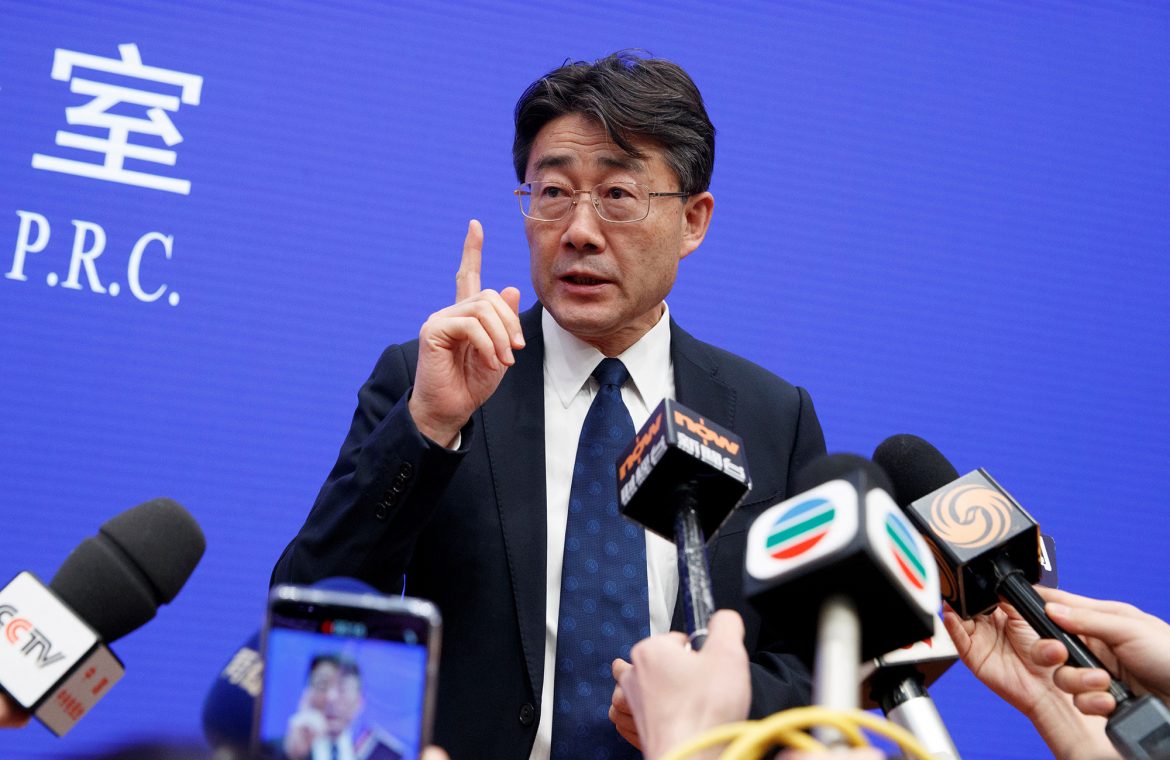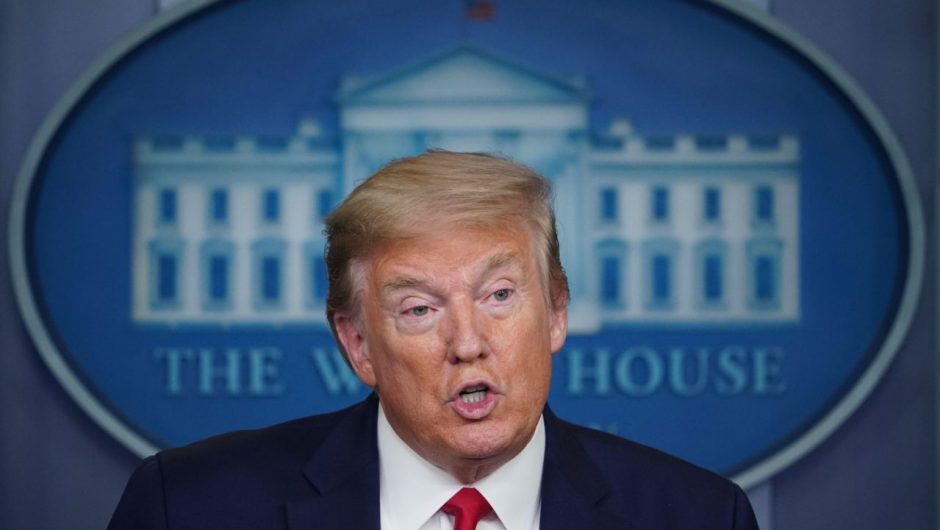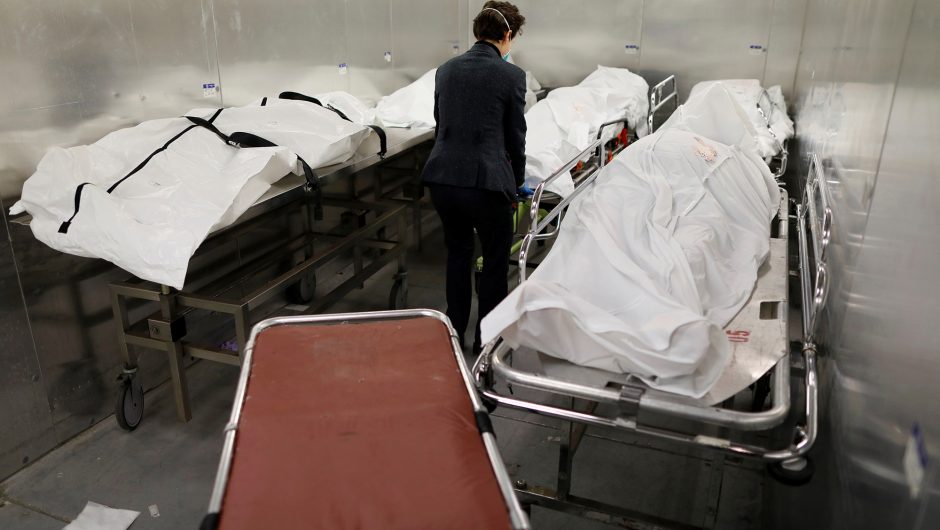The head of the Chinese Communist Party’s Center for Disease Control and Prevention defended his country’s response to the pandemic, saying he never claimed there was no human-to-human transmission of the coronavirus.
“No, I never said [there’s] no human-to-human transmission in the public – never, ever,” George Gao Fu told state media China Global Television Network in an interview that aired on Monday, according to the South China Morning Post.
“Even from the very beginning, I don’t think it’s good [to] put any scientists in a position to say there’s no human-to-human transmission because these viruses are unknown,” Gao said.
His comments come as President Trump and a number of world leaders have questioned whether China accurately reported the number of cases following the initial outbreak in the city of Wuhan in December and whether it was transparent about how the virus spreads.
Trump, who has been highly skeptical of China’s response and has halted payments to the World Health Organization pending a review, tweeted last Friday about an email Taiwan sent to the United Nations agency in December that suggested the virus was being spread person to person.
“Why did the W.H.O. Ignore an email from Taiwanese health officials in late December alerting them to the possibility that CoronaVirus could be transmitted between humans?” Trump posted.
Taiwan’s Health Minister Chen Shih-chung said the email was sent to the WHO on Dec. 31 looking for information about “atypical pneumonia cases” in Wuhan.
He said China responded that the cases were “isolated for treatment.”
Taiwan’s Centers for Disease Control said the wording about isolation made it clear “there was a real possibility of human-to-human transmission.”
The Chinese Communist Party has declared 83,853 cases, according to Johns Hopkins University, while the US has 788,920.
Wuhan’s health commission on Jan. 15 said “although significant evidence confirming human-to-human transmission has yet to be found, the possibility of limited human-to-human transmission cannot be ruled out.”
Gao said transmission from human-to-human wasn’t confirmed until after a senior advisory group visited Wuhan on Jan. 19.
He announced the finding at a press conference on Jan. 22.
“At first, it was spread from animals to humans. However, the virus has since been mutating and has become adaptive to its host,” Gao said, according to the South China Morning Post, citing transcripts from state-run media. “Human-to-human transmission has occurred, and there has been some community transmission.”
That same day the WHO said a delegation visited Wuhan and concluded: “deployment of the new test kit nationally suggests that human-to-human transmission is taking place in Wuhan.”
Gao, in an interview with Science last month, was asked why there was so much difficulty in determining how the virus spread.
“Detailed epidemiological data were not available yet. And we were facing a very crazy and concealed virus from the very beginning. The same is true in Italy, elsewhere in Europe, and the United States: From the very beginning scientists, everybody thought: ‘Well, it’s just a virus,’” he told the publication.
The first human-to-human transmission of the virus in the US occurred on Jan. 30 when health officials reported that an Illinois man had been infected by his wife who had traveled to Wuhan and became ill on Jan. 24, according to the US CDC.








